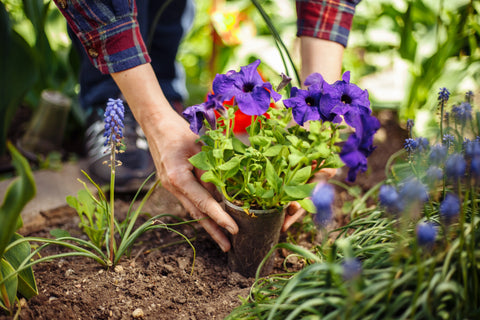What Are Mealybugs?
Mealybugs are very small and soft-bodied insects that belong to the family or order Pseudococcidae. They are covered with a white, waxy coating that gives the appearance of being like a cottony mass altogether stuck in some areas of your plants. The coating provides protection against most pesticides and is thus very hard to kill. They love warm, humid conditions, and indoor plants become a perfect target for them.
These insects mainly feed on plant sap, puncturing the tissue using their needle-like mouthparts. Eventually, it weakens the plant and destroys its transport of nutrients. Though a few mealybugs might not have any adverse effect immediately on a healthy plant, if left unchecked, the infestation leads to extreme damage or even killing of the plant. Plants like hibiscus, ficus, jade plants, poinsettias, and orchids are particularly vulnerable to mealybug infestations.
Spotting the Signs of Mealybugs
The earlier you detect mealybugs, the better they are controlled. Here is how to recognize these sap suckers:
1. White, Cottony Masses
Mealybugs are best identified by the white, fluffy clusters they form on leaves, stems, and other parts of the plant. These clusters are usually egg sacs that contain hundreds of eggs
2. Yellowing Leaves
Mealybugs are sap-sucking insects that turn the leaves yellow and ultimately wilt. This is among the first noticeable indicators of damage. Plants such as citrus trees (orange, lemon, lime), mango trees, and guava are commonly affected.
3. Honeydew and Sooty Mold
Mealybugs excrete a sticky substance called honeydew. It may attract ants, and black sooty mold starts growing on it, which weakens the plant further.
4. Stunted Growth
Mealybugs are best identifiable through the white fluffy clusters they form on the leaves, stems, and other areas of the plant. These clusters are usually egg sacs that contain hundreds of eggs.




